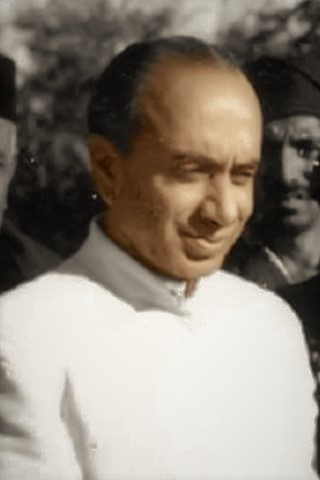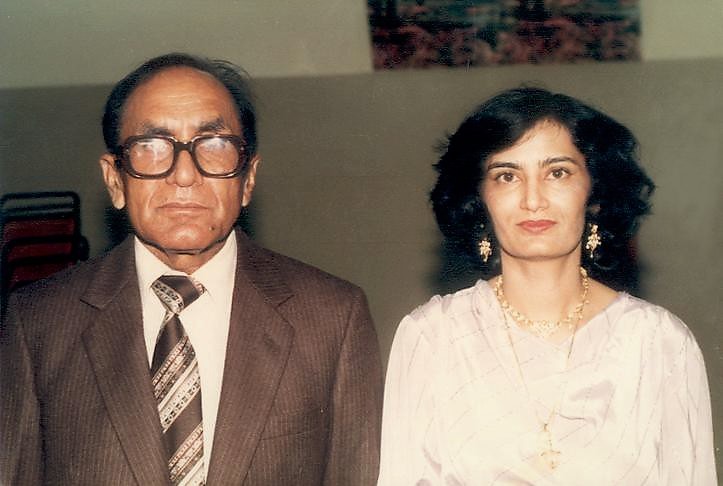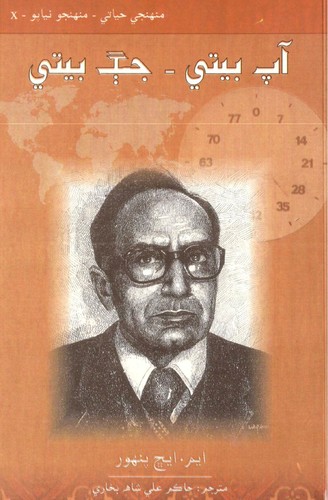
G.M. Syed, a strategic moralist
He placed Sindh above the ideologies
[Author’s Note: Will and Ariel Durant’s book – The Story of Civilization’s first volume appeared in 1935 and a complete set of eleven volumes was published in 1975. The authors took more than four decades to complete the manuscript. The readers well received the book. Therefore, their presence was sought in radio shows and press briefings. Will Durant has mentioned in one of his interviews that most common question around the globe was: ‘what is most important in human civilization, Intelligence, health or character? Will Durant responded the question that first comes the character, then health, and in the last – intelligence. I believe so, and it is still relevant in all walks of life.
I am of the view that in Sindh’s politics Mr. GM Syed, the nationalist leader and founder of Jeay Sindh Movement, was the powerhouse of ideas, and torchbearer of morality. Let me not shy, and state that he was the only politician, who practiced his ethos across the board, irrespective of political differences, power, age, class, and gender. I had been pondering over to document Jeay Sindh workers’ personal encounters with GM Syed. The present note was narrated by M.H. Panhwar to this scribe. Late Panhwar Sahib was a renowned engineer, progressive agriculturist, historian and author of several books. This is sixth article of the series.]
By Dr. Zaffar Junejo
In 1953, I got Sindh government’s job, and after a week I was advised to meet Abdul Sattar Pirzado, the then Chief Minister. I was guided that I should visit him at Bhitt Shah. I reached there and saw some tents, which looked like offices. I met with Abdul Sattar Pirzado in one of the tents. I noticed the presence of G.M. Syed. Instantly, Mr. Pirzado addressed me that ‘within days’ the annual Urs (Festival) of Shah Abdul Latif would take place, and on the occasion provincial government wants to have Agricultural Machinery’s Exhibition.’

At the meeting I also learned that American Secretary of State and the USSR’s Ambassador would also attend the Urs. Now conversation took a new turn that both gentlemen should be separately engaged or there should be a joint activity. The discussion continued, but no any decision was taken. In the evening I left for Hyderabad.
The same week, I got a message that Saeen G.M. Syed wanted to meet me at Sann. Next day, I went to see him. Again, the discussion hovered around schedule of American Secretary of State and the USSR ambassador. The crust of discussion was both officials’ engagement. Saeen G.M. Syed suggested that ‘I should engage both diplomats in the agricultural exhibition’.
I showed some reservations, and asked ‘what was reason to engage both officials?’ He told me that ‘visit of American official was part of the government’s policy, and the invitation to the USSR Ambassador was his idea.’ He added that ‘the USSR official was his friend.’ I enquired, ‘what was purpose of doing so?’ Immediately, he responded that ‘Sindh government intends to seek loan from the USSR.’ I interrupted, ‘Would Sindh government be able to repay the loan?’ Raised both of his thumbs, he said, ‘If we have none, we would pay nothing.’ For a while, we both were silent, then, he continued ‘strategically we have to engage the USSR in Sindh’s affairs. It is too import, because being vulnerable we couldn’t rely on the present government of Sindh as well as Pakistan.’

He appended that ‘our association with either power might raise our bargaining position with American or even with the USSR.’
Before departing for Hyderabad, I agreed that schedule would be prepared in such a way as the exhibition could secure interest of both powerful nations.
Finally, we engaged both diplomats, and Sindh Government succeeded in getting loan from the USSR for Kotri Barrage’s land development. The heavy machinery was also part of that loan agreement.
According to M.H. Panhwar, G.M. Syed always dreamed that Sindh’s agriculture should be mechanized, and in doing so, he was too practical, and always thought beyond ideologies.
[author title=”Dr. Zaffar Junejo” image=”https://sindhcourier.com/wp-content/uploads/2021/11/Dr.-Zaffar-Junejo-Sindh-Courier.jpg”]Dr. Zaffar Junejo has a Ph.D. in History from the University of Malaya. He is freelance writer and his areas of interest are post-colonial history, social history and peasants’ history.[/author]
Click here for Part-I, Part-II, Part-III, Part-IV , Part-V